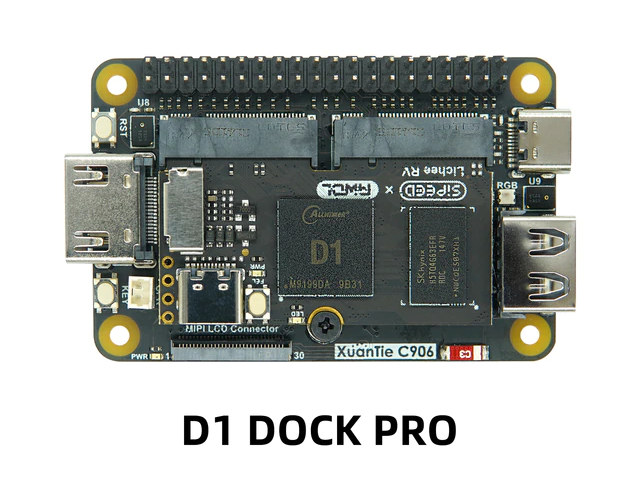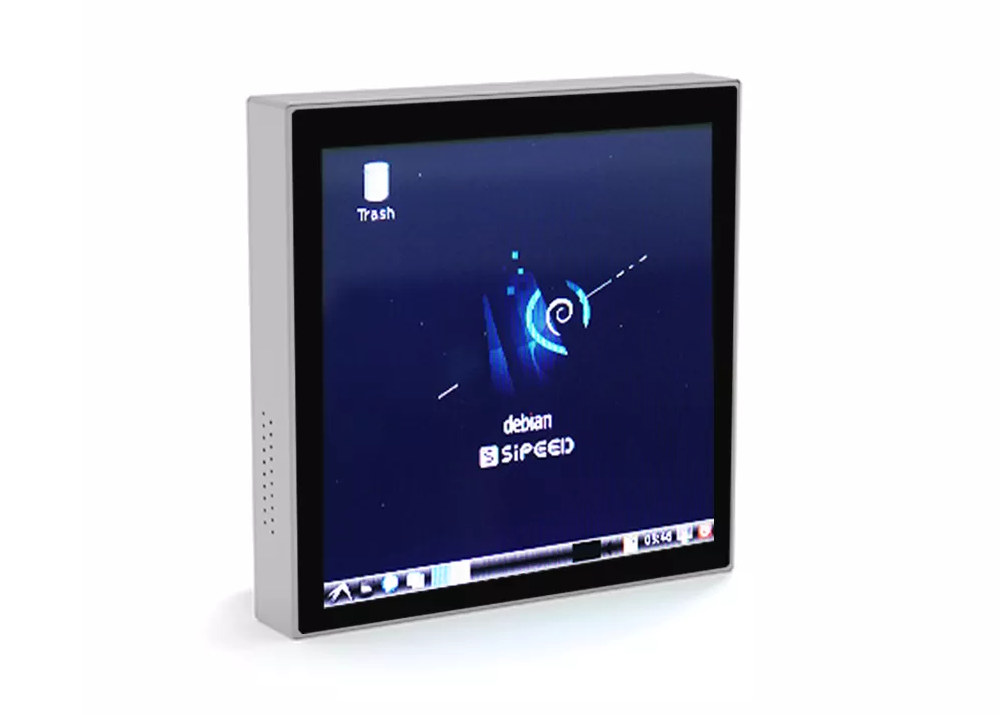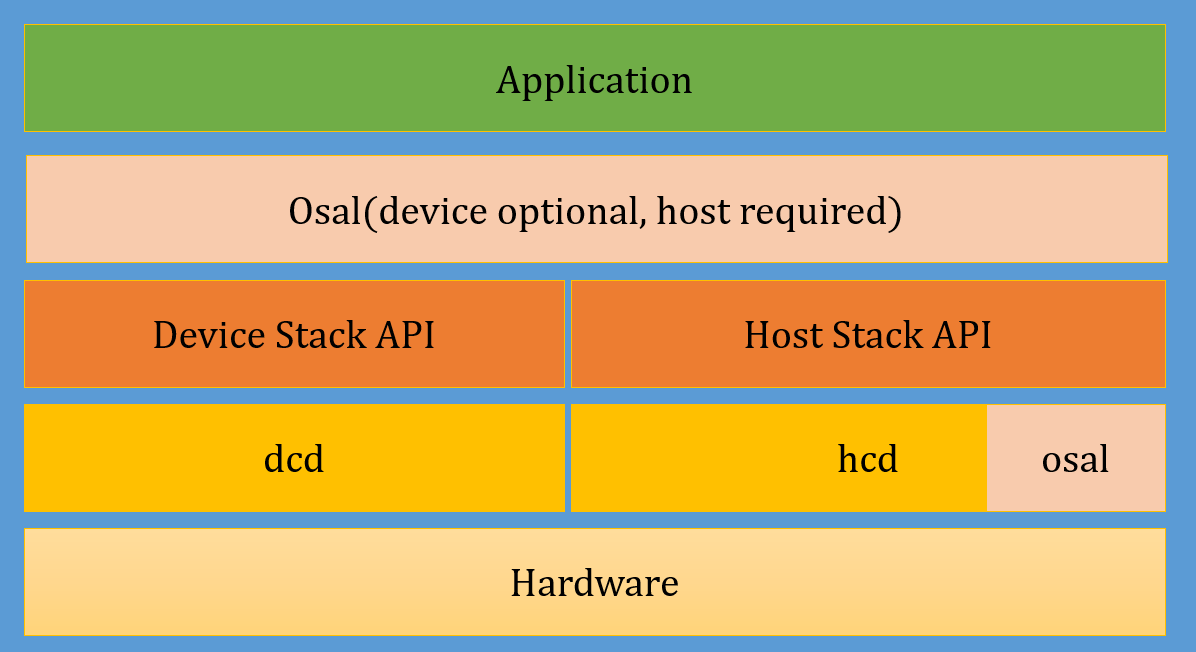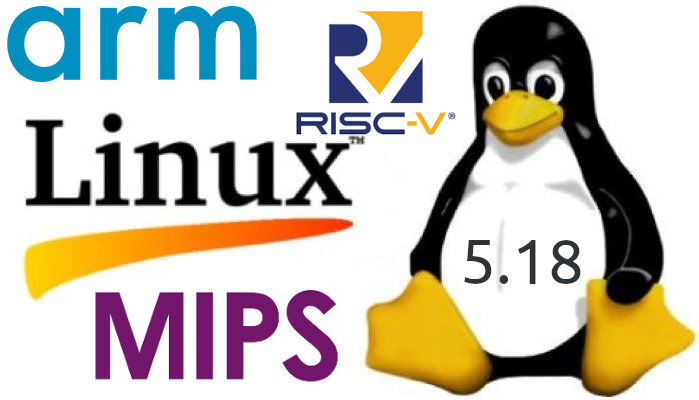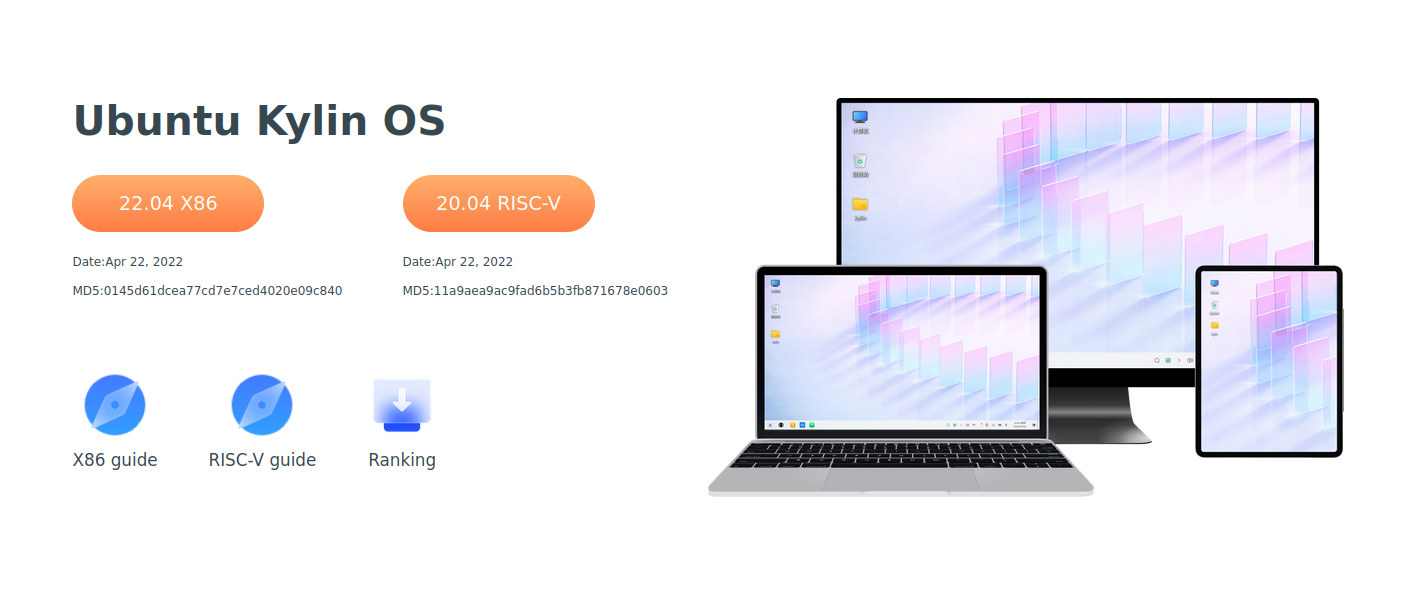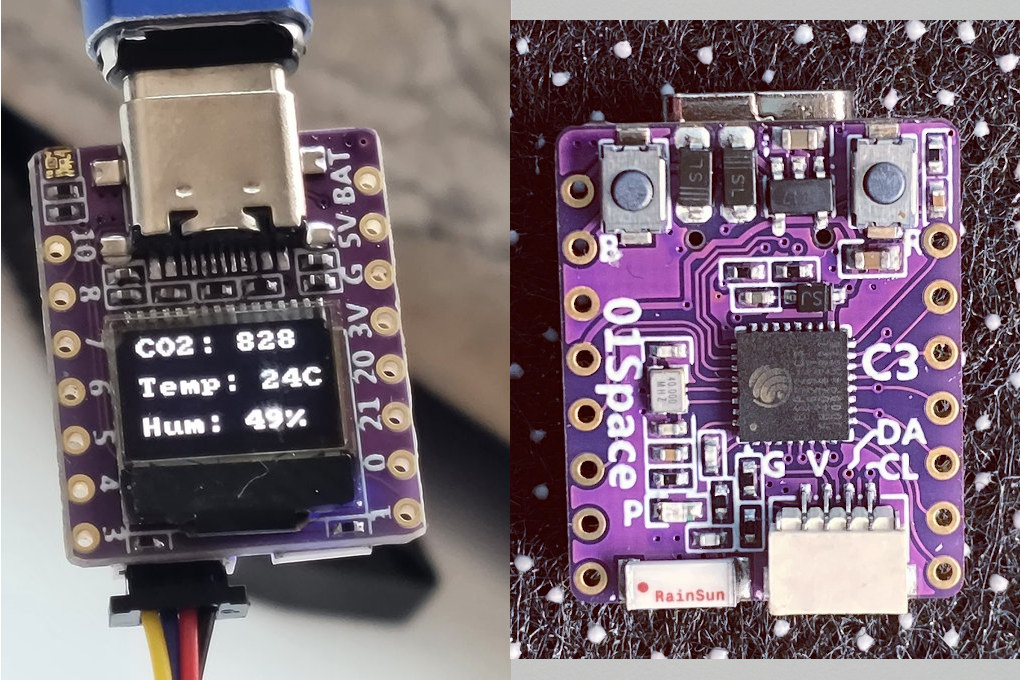Sipeed has launched the Lichee RV Dock Pro kit for the company’s Lichee RV Allwinner D1 RISC-V module that builds on the earlier Lichee RV Dock carrier board and adds a MIPI/RGB LCD connector, two built-in microphones, as well as an on-board JTAG+UART debugger based on Bouffalo Lab BL702 microcontroller. Lichee RV Dock Pro specifications (preliminary) which changes in bold or strikethrough: Supported system-on-module (SoM) – Lichee RV module with Allwinner D1 RISC-V processor @ 1 GHz, 512MB DDR3, MicroSD card slot, and USB Type-C OTG port Storage – Optional SPI flash Display interfaces HDMI port up to 4Kp30 MIPI LCD/RGB interface for up to 720p30 display Audio – 3W power amplifier, 2x analog microphone, support for 6-mic array via expansion Connectivity – WiFi 4 and Bluetooth 4.2 via Realtek RTL8723 wireless module with ceramic antenna, IPEX antenna connector USB – 1x USB Type-A port adding to the USB-C OTG […]
Think Silicon NEOX RISC-V GPU offers 3D graphics or AI acceleration
Think Silicon NEOX GPU family with models optimized for graphics (NEOX|G) or artificial intelligence (NEOX|A) is based on the RISC-V RV64C ISA instruction set with adaptive NoC, and offers up to 64 cores delivering up to 409.6 GFLOPS at 800MHz with support for FP16, FP32 and optionally FP64 and SIMD instructions. The NEOX GPUs can be integrated into microcontrollers, crossover processors, and even more powerful application processors, and target AI, IoT/Edge, and media processing in consumer and industrial devices. Each shader of the GPU is a programmable 64-bit RISC-V (RV64GC) core running a real-time operating system (RTOS) and the GPU is supported by lightweight graphics and machine learning frameworks. The multi-threaded GPU system can be customized for graphics, machine learning, vision/video processing, and general-purpose compute (GPGPU) workloads. The solution is meant to be integrated into 32-bit SoCs designed for smartwatches, augmented reality (AR) eyewear, video surveillance, and smart display terminals […]
Lichee RV-86 RISC-V Linux 4-inch panel targets home automation, HMI applications
When Sipeed first introduced the Lichee RV module with Allwinner D1 RISC-V SoC last November, they also teased the Lichee RV-86, an “86 Box” with a 4-inch 480×480 touchscreen display, an XR829 WiFi and Bluetooth module, Ethernet (via USB), two microphones, a GPIO header, and support for WAFT (WebAssembly Framework for Things). I’ve just noticed the Lichee RV-86 has been for sale for several months, so it may be interesting to have a closer look, and now there’s also an option to get a 720×720 touchscreen display. Lichee RV-86 specifications: SoM – Sipeed Lichee RV Nezha compute module with Allwinner D1 RISC-V processor @ 1 GHz, 512MB or 1GB DDR3, microSD card slot, and USB Type-C OTG port Display 4-inch 480×480 IPS capacitive touch screen OR 4-inch 720×720 IPS capacitive touch screen It is also possible to connect an 8-inch 1280*800 IPS capacitive touch screen to the board Audio – […]
CherryUSB – A lightweight USB device/host stack for embedded systems
CherryUSB is a lightweight open-source USB device/host stack for embedded systems with one or more USB interfaces. The stack implements various class drivers such as CDC, HID, MSC, audio, video, and so on. It’s apparently part of Boufallo Lab SDK (e.g. for BL702 MCU), and has been ported and tested with WCH CH32V307 RISC-V MCU, STMicro STM32F4, and Nuvoton NUC442 Cortex-M4 microcontroller, as well as a two Arm Cortex-M3 microcontrollers I’ve never heard of: EastSoft ES32F3 and MindMotion MM32L3xx. CherryUSB device stack highlights: Support for USB2.0 full and high speed Endpoint irq callback USB classes support Composite Device Communication Device Class (CDC) Human Interface Device (HID) including “Custom HID” Mass Storage Class (MSC) USB VIDEO Class (UVC1.0,UVC1.5) USB AUDIO Class (UAC1.0, UAC2.0) Device Firmware Upgrade CLASS (DFU) MIDI CLASS (MIDI) Test and Measurement CLASS (TMC) Vendor class Remote NDIS (RNDIS) support Support WINUSB 1.0,WINUSB 2.0 with BOS (Binary Device Object […]
Linux 5.18 release – Main changes, Arm, RISC-V, and MIPS architectures
Linux 5.18 is out! Linus Torvalds has just announced the release on lkml: No unexpected nasty surprises this last week, so here we go with the 5.18 release right on schedule. That obviously means that the merge window for 5.19 will open tomorrow, and I already have a few pull requests pending. Thank you everybody. I’d still like people to run boring old plain 5.18 just to check, before we start with the excitement of all the new features for the merge window. The full shortlog for the last week is below, and nothing really odd stands out. The diffstat looks a bit funny – unusually we have parsic architecture patches being a big part of it due to some last-minute cache flushing fixes, but that is probably more indicative of everything else being pretty small. So outside of the parisc fixes, there’s random driver updates (mellanox mlx5 stands out, […]
Ubuntu Kylin 20.04 OS works on RISC-V hardware
China-developed Ubuntu Kylin 20.04 is now supporting RISC-V architecture with an image for HiFive Unmatched mini-ITX motherboard, and work will be done on an unnamed Starfive SBC that should be the VisionFive board with a GPUless JH7100 dual-core RISC-V SoC or an upgraded version with JH7110 SoC featuring an Imagination IMG BXE-4-32 GPU. You may have read recent reports about China asking government entities, including state-owned enterprises (SOE), to replace foreign hardware and software within a two-year period. So that means avoiding systems based on Intel and AMD processors, so working on RISC-V open architecture makes perfect sense, since over time, Chinese manufacturers should be able to make RISC-V SoCs and PCs based on those processors, albeit probably not within the next two years at any significant scale. Ubuntu Kylin 20.04 RISC-V, as well as the newly released Ubuntu Kylin 22.04 x86, can be found on the English download page […]
“ESP32-C3-0.42LCD” is a tiny WiFi & BLE IoT board with 0.42-inch display, Qwiic connector
01Space “ESP32-C3-0.42LCD” is a small (23.5 x 18 mm) board equipped with ESP32-C3 RISC-V WiFi and Bluetooth microcontroller, a 0.42-inch display, and a Qwicc I2C connector to easily add modules such as sensors. The first time I saw it, the form factor immediately reminded me of the nRF52840-based XIAO BLE Sense board I just used to test Edge Impulse machine learning framework. Both boards should have similar use cases, but XIAO BLE Sense includes a 6-axis IMU sensor, and I had to connect an OLED display, while the ESP32-C3 board already integrates a display, and I would have had to connect an external Qwicc module with an accelerometer. ESP32-C3-0.42LCD specifications: SoC – ESP32-C3FH4 SoC with RISC-V core @ 160 MHz, 4MB flash, 2.4GHz Wi-Fi, and Bluetooth 5 LE with Long-Range support Ceramic antenna Display – 0.42-inch LCD USB – 1x USB Type-C port for power and programming Expansion Qwiic I2C connector […]
Embedded World 2022 – June 21-23 – Virtual Schedule
Embedded World 2020 was a lonely affair with many companies canceling attendance due to COVID-19, and Embedded World 2021 took place online only. But Embedded World is back to Nuremberg, Germany in 2022 albeit with the event moved from the traditional month of February to June 21-23. Embedded systems companies and those that service them will showcase their latest solution at their respective booths, and there will be a conference with talks and classes during the three-day event. The programme is up, so I made my own little Embedded World 2022 virtual schedule as there may be a few things to learn, even though I won’t be attending. Tuesday, June 21, 2022 10:00 – 13:00 – Rust, a Safe Language for Low-level Programming Rust is a relatively new language in the area of systems and low-level programming. Its main goals are performance, correctness, safety, and productivity. While still ~70% of […]


